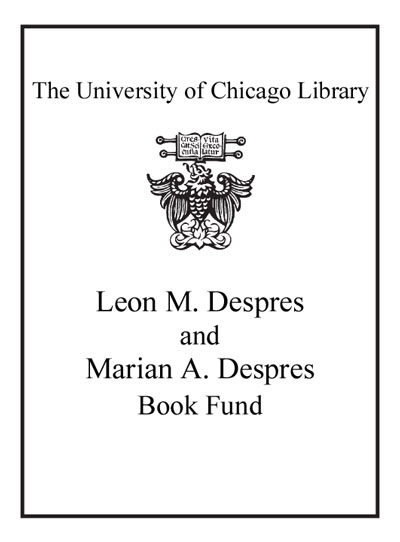Review by Choice Review
Based on communications with Oldenburg (1929--) and on archival research on Oldenburg and the architects with whom he worked--and furthered by Smith's deep knowledge of contemporaneous urban design discourse--this book makes a case for Oldenburg's art "as a cogent form of urban theory" (p. 3). Smith (Agnes Scott College) organizes her detailed scholarly argument around five projects--The Street, The Store, Placid Civic Monument, Giant Three-Way Plug, and Binoculars (devoting a chapter to each)--but also includes less-known works that illuminate Oldenburg's stance as an urban artist. The book is not a catalogue. Smith describes Oldenburg's knowledge of "eighteenth-century designs for buildings in the shapes of objects or animals" (p. 109); his methods of walking, sketching, photographing, and collecting objects from the city; and his theory of monuments as a no-man's-land between art and architecture. She richly details Oldenburg's influence on and work with architects/urbanists Robert Venturi, Denise Scott Brown, Frank Gehry, Philip Johnson, and John Burgee. For example, Scott Brown wrote a final assignment for a research studio titled "The Oldenburg Interpretation"--urging students to produce shifts in vision. Illuminating the depth of urban theory in Oldenburg's wit, Smith's book will be valuable for those interested in urban art, multidisciplinary urbanism, or the history of ideas. Summing Up: Recommended. Upper-division undergraduates through faculty; professionals. --Mark C Childs, emeritus, University of New Mexico
Copyright American Library Association, used with permission.
Review by Choice Review

